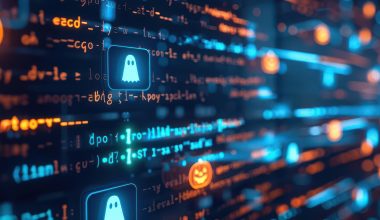Most people have heard this term mentioned at some point. What exactly is a firewall though?
In an automobile, the firewall is the part of the vehicle’s framework that separates the engine compartment from the passengers. Its primary function is to ensure safety and provide a more enjoyable ride. When running, the engine creates quite a bit of heat, fumes, smoke, and noise. To protect against these elements, firewalls are implemented to ensure the vehicle’s cabin is not compromised.
Within a network infrastructure, a firewall serves a similar purpose. It is the first line of defense in providing security to the system’s users and components to ensure they are protected. The firewall is typically installed near the router, which provides internet to the building or structures. Normally, the firewall can be found near the server and other networking components as its own hardware device, but it may also be a software program. In some cases, it can even be both.
It is helpful to think of the firewall as a barricade between secure internal networks and untrusted external networks. The firewall monitors incoming and outgoing network traffic and is configured to allow or block specific traffic based on a defined set of rules. In the professional world, an IT staff or outsourced firm would be monitoring the firewall logs on a daily and weekly basis to ensure nothing out of the ordinary is occurring.
Some IT firms, also known as Managed Service Providers, specialize in unique firewall features and key components that can be implemented within any cybersecurity model.
One unique feature that some firewalls have built-in are virtual private networks (VPNs). These networks have special capabilities that allow remote connections to establish network credentials and protections that a user would otherwise have if they were accessing the network on-site. When a VPN connection is successfully active, your device can utilize a firewall from a remote location which ultimately bolsters your cyber-resiliency.
With any firewall you deploy, it is paramount to have a team in place to oversee its functions and manage the available security features appropriately. Always be sure to have knowledgeable staff in-house or via an outsourced provider to further reduce security vulnerabilities.
For more education on firewalls and other IT safeguards, feel free to contact us at Info@edmundsgovtech.com or click here to browse our information and solutions.



